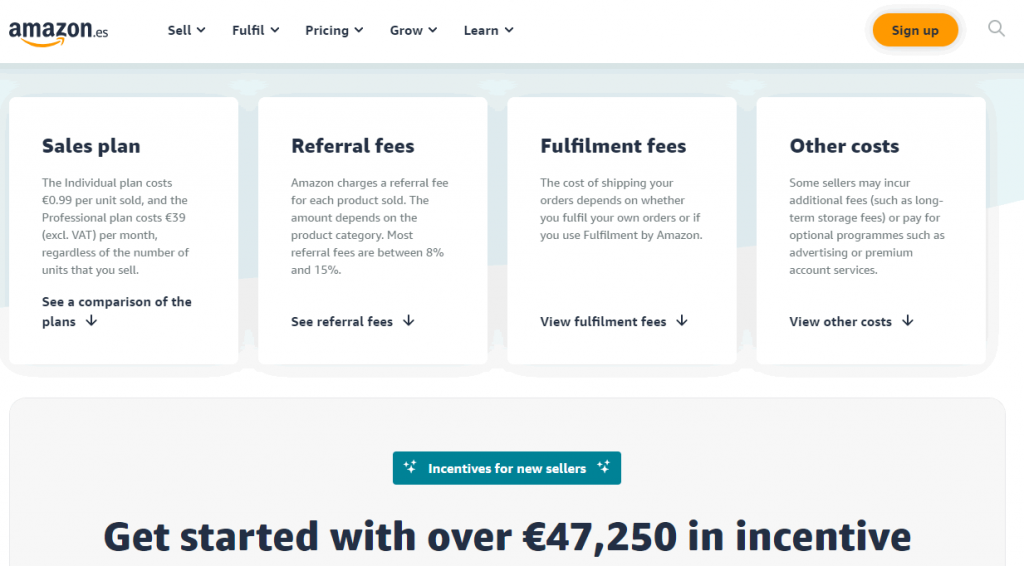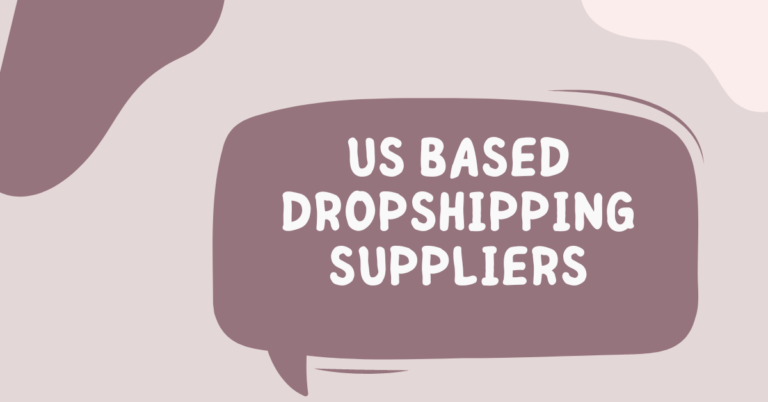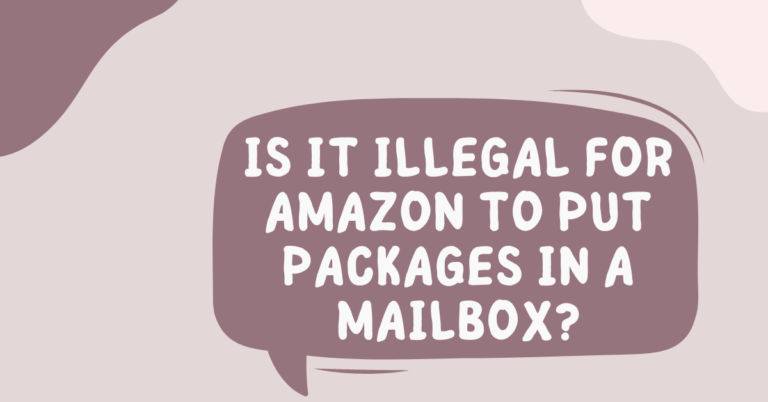Fulfillment by Amazon (FBA) Fees Explained
- Fulfillment Fees: These cover picking, packing, and shipping costs from Amazon’s centers to customers. Fees range from around $2.50 to over $10 per unit shipped based on product size and weight.
- Monthly Inventory Storage Fees: Amazon charges fees for storing inventory in their centers based on daily average volume (cubic feet). It’s $0.75 per cubic foot from January to September, and $2.40 per cubic foot during peak seasons (Oct-Dec).
- Long-Term Storage Fees: For inventory stored over 365 days, there’s a $6.90 per cubic foot fee plus $0.15 per unit monthly charge. This encourages inventory management.
- Removal Order Fees: To remove inventory from Amazon’s centers, there’s a $0.50 per unit fee plus weight-based charges starting at $0.60 per pound.
- Returns Processing Fees: $0.50 per unit for customer returns processed by Amazon.
- Other Fees: Additional costs for services like labeling, prep work, media items ($0.30/unit), and specialized product handling.
What is Fulfillment Fees?
Fulfillment fees are the charges that Amazon imposes on sellers who use the Fulfillment by Amazon (FBA) service. These fees cover the costs associated with Amazon’s handling of the seller’s products, from the point when the products arrive at Amazon’s fulfillment centers until they are shipped to the customer.
When you use FBA, Amazon takes care of the entire order fulfillment process, including:
- Storing your products in their highly secure and efficient fulfillment centers.
- Picking and packing your products when an order is placed.
- Shipping the orders to customers using Amazon’s vast logistics network.
- Handling customer service and returns for those orders.
The fulfillment fees are calculated based on the product’s dimensions and weight, as well as the shipping destination. Larger and heavier items generally incur higher fulfillment fees because they require more resources to handle and ship.

Storage Fees
Storage fees are the charges that Amazon imposes on sellers for storing their products in Amazon’s fulfillment centers. These fees apply when you use the Fulfillment by Amazon (FBA) service.
Amazon charges these fees because they need to maintain and operate their large fulfillment centers, which require space, utilities, and staff.
The storage fees are calculated based on two factors:
- Monthly Inventory Storage Fees:
- These fees depend on the daily average volume (measured in cubic feet) of your inventory stored in Amazon’s fulfillment centers during a given month.
- From January to September, the fee is $0.75 per cubic foot of storage space your inventory occupies.
- During the peak seasons of October, November, and December, the fee increases to $2.40 per cubic foot. This higher rate accounts for the increased demand and activity during the holiday shopping period.
- Long-Term Storage Fees:
- If your inventory has been stored in Amazon’s fulfillment centers for more than 365 days (12 months), you’ll be charged long-term storage fees.
- These fees are designed to encourage sellers to manage their inventory effectively and avoid overstocking.
- The long-term storage fee is $6.90 per cubic foot of storage space, plus an additional $0.15 per unit for each item that has been stored for more than 12 months.
Other FBA Fees
There are several other fees that Amazon charges for using the Fulfillment by Amazon (FBA) service. Here are the main ones:
- Removal Order Fees:
- If you need to remove your inventory from Amazon’s fulfillment centers, you’ll be charged a removal order fee.
- This fee consists of two parts: a flat fee of $0.50 per unit removed, plus a weight-based charge starting at $0.60 per pound.
- For example, if you remove 100 units weighing 50 pounds, you’ll pay $50 (100 x $0.50) plus $30 (50 lbs x $0.60/lb) = $80 in removal order fees.
- Returns Processing Fees:
- When a customer returns a product that was fulfilled by Amazon, you’ll be charged a returns processing fee.
- This fee covers the cost of Amazon’s return processing services, including receiving, inspecting, and re-stocking (if applicable) the returned item.
- The standard returns processing fee is $0.50 per unit returned.
- Miscellaneous Fees:
- Amazon also charges fees for certain additional services or product types, such as:
- Labeling fees: If you need Amazon to label your products, there’s a fee of $0.20 – $0.30 per unit.
- Prep work fees: For products that require special preparation (e.g., polybags, bubble wrap), fees range from $0.50 to $2 per unit.
- Media item fees: For books, DVDs, video games, and other media items, there’s a fee of $0.30 per unit sold.
- Low inventory fees: new in 2024, you’ll be charged for lower inventory stocks levels
- Amazon also charges fees for certain additional services or product types, such as:
How to Minimize FBA Fees
Here are some simple strategies you can use to minimize your FBA fees:
- Manage Your Inventory Effectively:
- Avoid overstocking by closely monitoring your sales and inventory levels.
- Send only the inventory you need to Amazon’s fulfillment centers to reduce storage fees.
- Remove slow-moving or obsolete items from Amazon’s warehouses to avoid long-term storage fees.
- Optimize Product Dimensions and Weight:
- Choose compact packaging for your products to reduce the storage space they occupy.
- Use lightweight materials when possible to minimize fulfillment fees, which are based on weight.
- Accurately measure and provide the correct dimensions and weight for your products to avoid unexpected fees.
- Negotiate Better Rates:
- If you have a high sales volume, you may be able to negotiate better fulfillment and storage rates with Amazon.
- Consider joining Amazon’s professional selling plan, which offers lower fees for high-volume sellers.
- Utilize Amazon’s Fee Calculators:
- Amazon provides fee calculators and pricing tools to help you estimate your FBA fees.
- Use these tools to compare different fulfillment options and make informed decisions.
- Minimize Returns:
- Provide accurate and detailed product descriptions to reduce the likelihood of returns.
- Offer excellent customer service to resolve any issues before they result in a return.
- Consider offering free returns to encourage customers to keep the product instead of returning it.
- Review Your Pricing Regularly:
- Periodically review your product prices to ensure they cover all FBA fees and leave you with a reasonable profit margin.
- Adjust prices as needed to account for any fee changes or increased costs.
FAQ
What are Fulfillment by Amazon (FBA) fees?
Fulfillment by Amazon (FBA) fees are charges that sellers pay for Amazon’s storage, packing, and shipping services.
How are storage fees calculated in FBA?
Storage fees are based on the amount of space your inventory occupies in Amazon’s fulfillment centers.
What is the difference between standard and oversized item fees?
Amazon categorizes items as either standard size or oversized, affecting FBA fees. Oversized items, due to their larger dimensions and weight, incur higher fulfillment and storage fees compared to standard-sized items.
Can FBA fees change, and how will I be notified?
Yes, FBA fees can change due to adjustments in shipping costs, storage rates, or Amazon’s policies. Amazon notifies sellers in advance through email and updates on their Seller Central platform.
Are there any additional fees I should be aware of with FBA?
Beyond fulfillment and storage fees, sellers might encounter additional charges, such as long-term storage fees for inventory stored over a certain period, removal order fees if you decide to have your inventory returned or disposed of, and fees for services like labeling or packaging, if not done by the seller before sending inventory to Amazon.




![Best 10 Items for Retail Arbitrage [Tested By Experts]](https://simpleshophacks.com/wp-content/uploads/2024/04/Best-10-Items-for-Retail-Arbitrage-768x402.png)

2 Comments